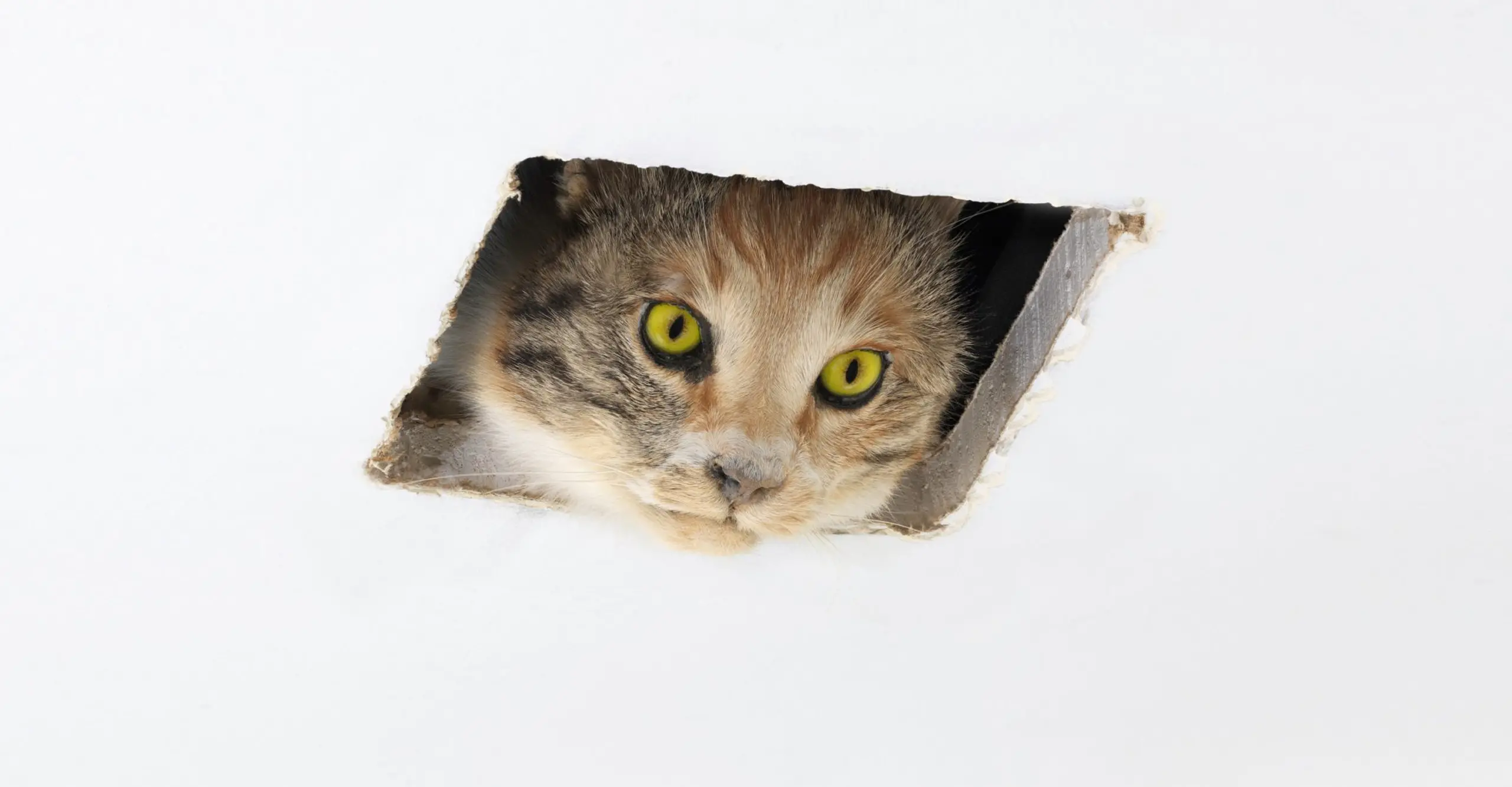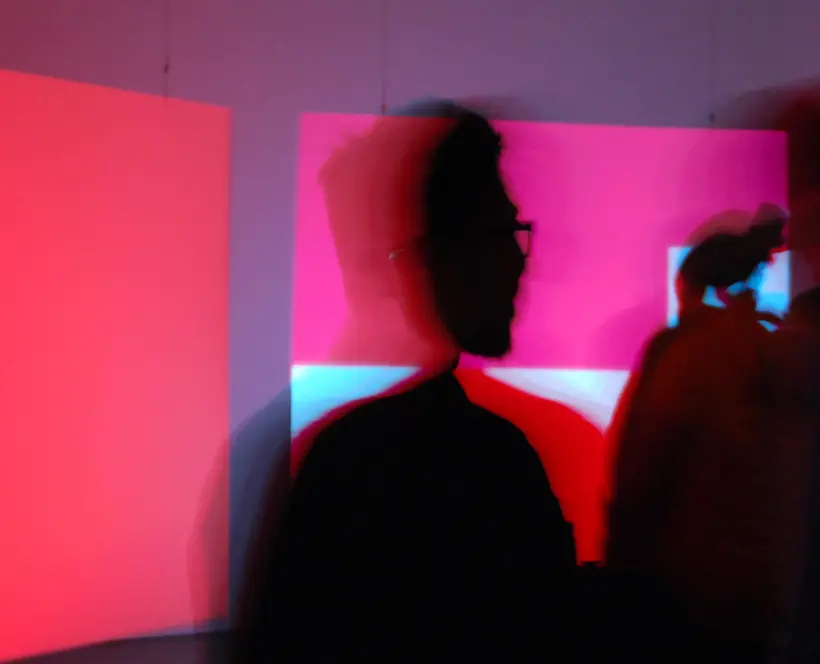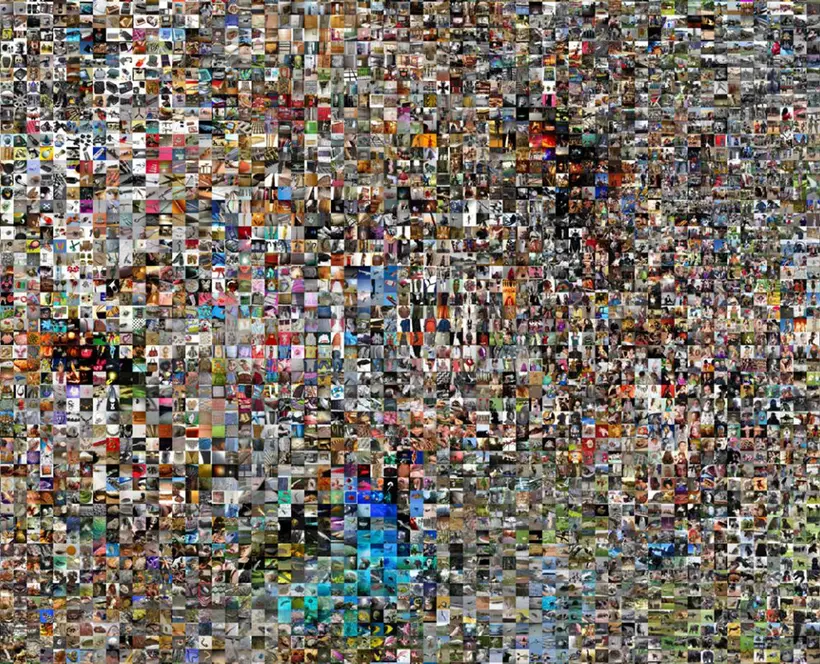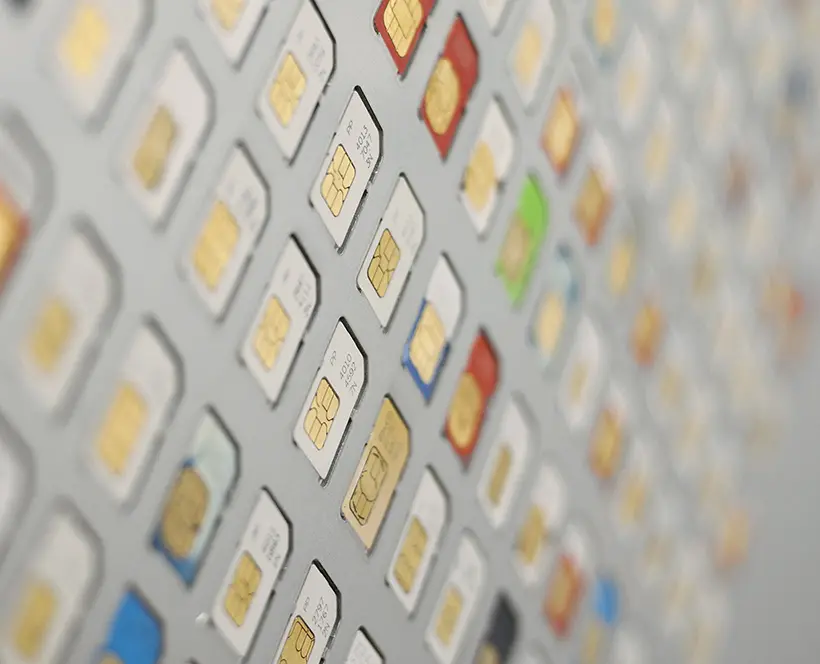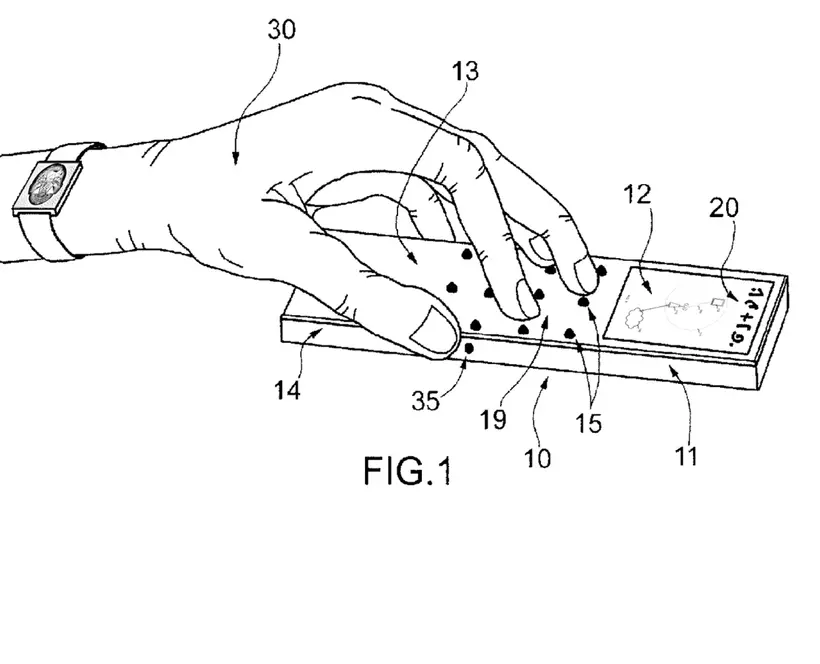What is captured in the act of photographic documentation? This has always been a troubling question, perhaps more so in the context of documenting art. Two forms of mediation – the artwork and the photograph – collide to produce a negative or the ubiquitous jpeg. With photography’s contemporary diffusion and hyper-circulation in network culture, the relation between artwork and photographic documentation is further complicated, as the temporality, materiality and cultural value of the photograph becomes de-stabilised. What happens when the dynamics of the documented image – the paradigm or economy in which art predominantly circulates - is inseparable from the art object?
Most people experience art through its documentation; not in the least art historians. In an attempt to capture the essence of the art, professional photographers try to document the art as best as possible. By inserting a personal touch and to provide space for the audience to imagine their experience, they also try to make a good photograph. At the same time, the audience is actively snapping their experience and sharing it through social media platforms, where the documentation circulates, accelerating the impulse to capture the ‘best experience’. What happens when the artwork’s audience becomes embroiled in the art-documentation-industrial-complex?
In the broadcast model of social media, the artist and curator have become ‘channels’ for art documentation – producing snapshots of encounters with objects, studios, collectors, celebrities, sales. These dynamics generate fertile ground for artists. On the one hand, documentation becomes entwined in social media dynamics of publicity, self-branding, individuation and self-promotion. On the other, as art documentation moves from screen museum and back again, there emerges a political economy of images to probe and critique. Whilst there is a growing body of newspaper articles, inflammatory tweets and art criticism addressing the curation of spectacular art designed to be Instagrammable, less attention has been given to artists utilising documentation to critically map, intervene or exploit these emerging circuits of circulation and reification.
With these tensions in mind, we have invited the artists Cristina Garrido and Eva & Franco Mattes and David Horwitz to join us for an evening discussion exploring how artists negotiate the work of documentation in contemporary network culture.
Negotiating the Art-Documentation-Industrial-Complex forms part Documenting Digital Art, an AHRC funded research project and partnership between University of Exeter, London South Bank University, Australian National University, LIMA (Amsterdam) and The Photographers’ Gallery, London.
Biographies
Eva & Franco Mattes (1976) are an artist duo originally from Italy, living in New York. They have continually made work that responds to and dissects the contemporary networked condition, always approaching the ethics and politics of life online with a darkly humorous edge. Recent works such as ‘Half Cat’ (2020) explore the circulation of images, virality, meme-making, on how these works co-exists in two different circulation systems, the art world and the internet, in constant negotiation between image and object.
David Horvitz is ocean romantic, based in Los Angeles, California. Playful and poetic, his works meddle with the systems of language, time and networks, hyper-paced Zoom calls, emails, and images transmitted through screens. Eschewing categorization, his expansive nomadic body of work, traversing the forms of photographs, word of mouth and physical movement or distribution, artist books, performances, memes, mail art, sound, rubber stamps, gastronomy, weather, travel, walks, and watercolor, is presented through examining questions of distance between places, people and time in order to test the possibilities of appropriating, undermining or even erasing this distance.
Cristina Garrido (b. 1986, Madrid, Spain) is an artist based in Madrid. Her works explore what contemporary art is made of and processes of mediation. From an archive of installation views online, to art fair booths as happenings, to interviews with prominent art photographers, Garrido’s work activates what Jean Baudrillard called 'the conspiracy of art’
